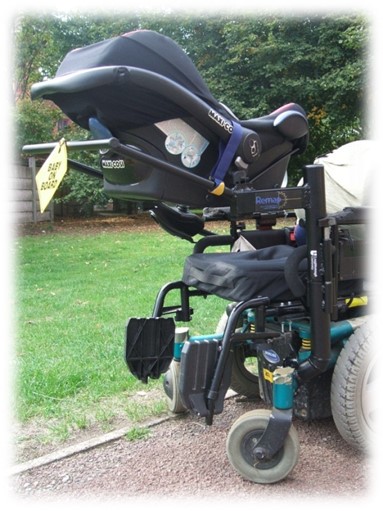A design tool that has been found to be an effective method of refining AT product designs is Persona Footprint Assessment (PFA). This design heuristic enables a practitioner to quickly assess the area of visible technology compared with that of the person. The objective is to minimise the perceived technology and emphasise the personality of the individual.
This tool is based on David Marr’s computational theory of vision perception (Marr 1982). Marr indicated that humans build up a visual map of the world from a series of visual scans, from a 2D outline through to a fully-rendered 3D environment.
The PFA tool focuses on the initial scan made where we identify outlines, important to identifying visual elements that pose a threat, such as objects heading towards us or a Tiger hiding nearby, or that are food shapes (background to foreground differentiation).
Strategies for this include:
- Minimise the volume of the technology (compact electronics, body contoured supports and seating, fold-away items);
- Break the technology into smaller elements (battery pack on a belt, not part of the communication device);
- Use of colour to make technologies recessive (dark colours, matt textures); and,
- Customising the technology to the individual’s personality and value system, branding (symbols and colours of a favourite football team).
When applied to AT products, it has been found in previous years that effective use of technologies has visually swamped the person using it. (Torrens 2012)
An example of an AT product designed and made is a baby carrier for a mother with cerebral palsy, shown in the example figure. The visual impact of the structure was minimised through the use of a single pole support thin rod holding structure and satin finish black frame. Using Marr’s theory of perception, the viewer should define the outline of the proprietary baby carrier seat and mother before the supporting frame.

Useful links
Marr, D. 1982. Vision: A computational investigation into the human representation and processing of visual information MIT Press.
Torrens, GE (2011) Universal Design: empathy and affinity. In Karwowski, W, Soares, M, M, Stanton, A, N, Eds, (ed) Handbook of Human Factors and Ergonomics in Consumer Products, CRC Press, pp.233-248 Available at: (http://www.crcnetbase.com/doi/abs/10.1201/b10950-19), Accessed: [23/09/015]
Torrens, G.E., 2012. Assistive Technology product to Universal design: A way forward, Design For All India, 7 (7), pp.182-205 Available at: (https://dspace.lboro.ac.uk/dspace-jspui/handle/2134/15736), Accessed:[23/09/2015]
